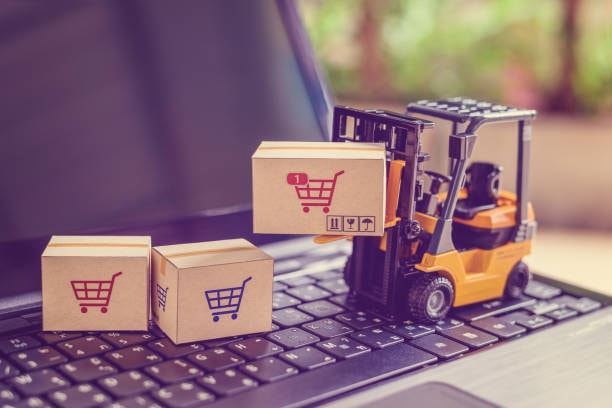
Meta Description: Learn to achieve a global trade success by implementing the entire order fulfillment process and logistical approach. Discover with the professionals of the industry supply chain optimization, warehouse management, shipping solutions, and cost effective logistics.
1. Introduction to Modern Fulfillment and Logistics

Logistics in the whole world has experienced a revolution unparalleled, facilitated by the high-tech progress, and shifting customer demands plus the changing commerce environment across the world. The system of fulfillment and logistics is the skeleton of the modern business and encompasses various types of order fulfillment that link manufacturers, retailers, and consumers with continents. Contemporary fulfillment is a process that covers the whole cycle of the ordering process to its delivery to the customer including inventory coverage, order processing, packaging, and shipping.
2. Understanding Supply Chain Fundamentals
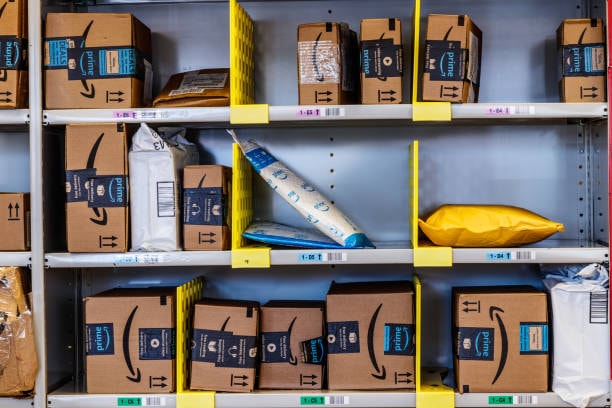
Supply chain management is a coordination of efforts in sourcing, procurement, conversion and managing logistics. An efficient supply chain management synchronizes suppliers, manufacturers, warehouses and retailers so that the production and distribution of the products can be carried out within the correct proportions to the correct locations and at the correct time slot. The modern supply chains are so complex that they need advanced coordination of many stakeholders.
3. E-commerce Fulfillment Evolution

The e-commerce fulfillment has transformed the traditional logistics of retailers, generating new challenges and opportunities. The change of the batch mode of processing the orders to the individual order fulfillment process necessitates a change in the pick pack and ship strategies as well as the warehouse set up.

Current e-trade fulfillments facilities have employed the use of systematization, mechanization, and robotics combined with artificial intelligence to handle millions of singular orders in a manner that is both accurate and quick.
4. Warehouse Management Systems
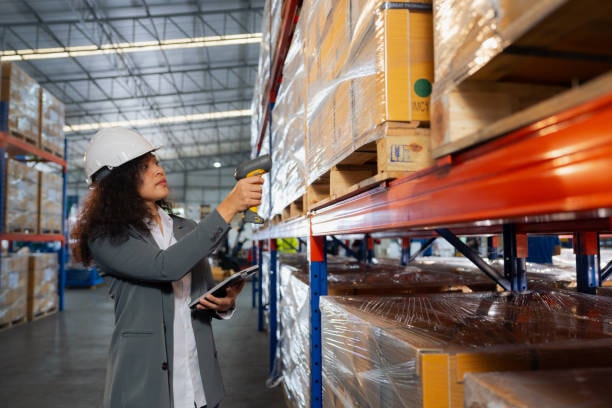
Warehouse management covers processes regarding the functionality of a storage facility; namely: the processes of receiving and put away, picking and packing, shipping. Good warehouse management systems allow best utilization of space, reduction of handling and storage maintenance costs and proper tracking of the inventory through the warehouses. The modern technologies facilitate in-time tracking of inventory, minimization of picking errors, throughput capabilities.
5. Inventory Optimization Techniques
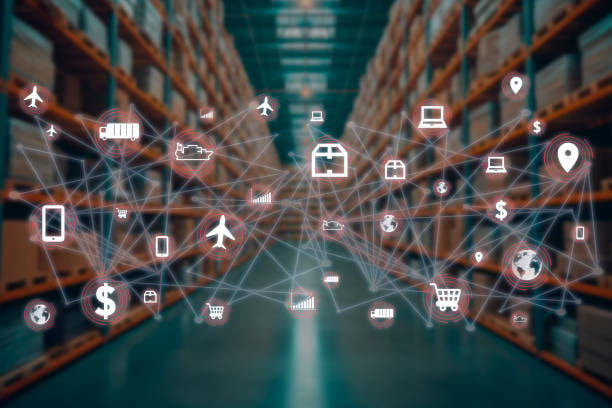
A model of inventory optimization seeks to reconcile conflicting goals having sufficient stocks and low carrying expenses. To manage inventory effectively, proper demand forecasts, proper computations of safety stock, and the management of inventory allocation to various storage points should be occurred. ABC analysis, economic order quantity calculations and cycle counting are example of advanced techniques used to maintain accuracy in the inventory.
6. Transportation Management Solutions

Transportation forms an essential element of the logistics operations and in most cases it has the largest share of the total logistics costs. Transportation management in contemporary times entails a choice of the most favorable mode, pathway, and shipping carriers simultaneously putting into consideration cost, fastness, and dependability. Multimodal transportation policies merge the varieties of transport networks with an aim of balancing the cost and service off.
7. Air Freight Operations

Le fret aérien is the mode of transportation that is the quickest when it comes to shipments between the nations and it is quite useful in the next movement of the high-value cargo, time-sensitive or in the perishable items. Air freight operations should be well coordinated with airlines, ground handling agents, and customs authorities thus making the flow of the cargo smooth. The consolidation services enable the use of air freight services by small shippers on a cost effective basis.
8. Ocean Shipping Solutions
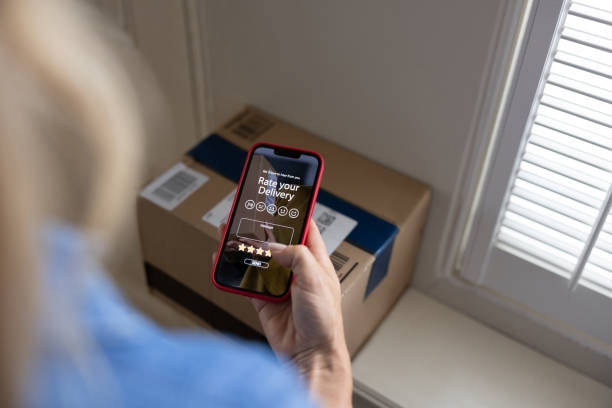
Most of the international trade volume is managed in international shipping through ocean shipping which provides cost effective transportation means of bulk products. The intricacy of the scheduling, documentation, and planning of coordination among numerous stakeholders such as shipping lines, port controls, and custom agencies characterize sea freight activities. Intermodal transport is possible with the container shipping having standardized ocean freight operations.
9. Rail Transportation Networks
The rail transport is environmentally safe and economical mode of long distance freight haulage. The chains of China-Europe railway have been presented as an alternative to solving Asian-European trade, which offers significantly shorter transit times over the ocean freight yet cheaper than air freight. Intermodality uses rail and truck connections in order to expand the networks.
10. Customs Clearance Procedures
There are complicated regulations regarding customs, documentation, and export-import requirements of international trade. Customs clearance entails filling or making necessary documents, payment of penalties, taxes and duties as well as adherence to regulations. Automated customs, and trusted trader schemes are able to speed up clearance.
11. Express Delivery Services
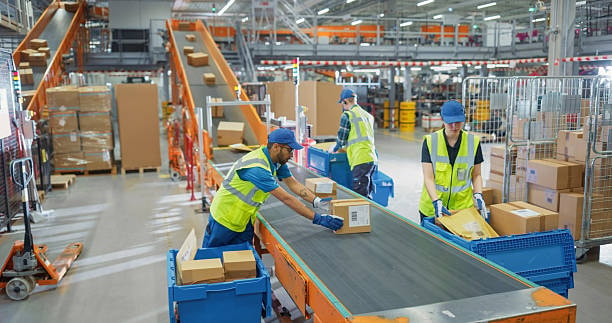
Express delivery services are a set of services that give high-quality time-sensitive transportation, which is usually a porte à porte service with a track of goods. The international express service is the integration of the air transport industry and local delivery networks that enable speedy long-range coverage. Such services are of great value to documents, high value goods, and urgent delivery of goods.
12. Amazon FBA Integration

Amazon Fulfillment by Amazon (FBA) program Fulfillment by Amazon is another large part of contemporary e-commerce order fulfillment as it gives the sellers access to their fulfillment partner, entire fulfillment network of Amazon. The FBA services involve storing, picking, packing, shipping, and customer service of the products that are enrolled. FBA integration needs proper preparation and labeling that guarantee success.
13. Third-Party Logistics Providers
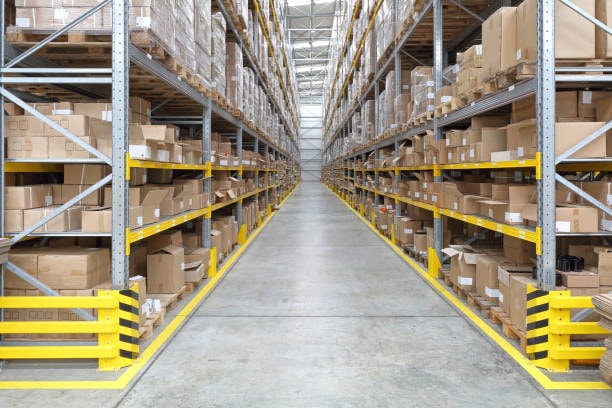
The third-party fulfillment providers provide complete logistics services to the multi-channel retailers whereby the business can outsource the fulfillment services and yet retain the ownership of the customer. This kind of service from a third party logistics provider offers elasticity and geographical coverage without necessitating huge investment infrastructures, which enables businesses to ground their competencies.
14. Cross-Border Commerce Solutions

Transnational online trade involves special logistic services because it involves shipping goods across countries, clearing them at customs, and delivering them locally. There is a need to operate various countries with different regulatory need, currency and cultural issues. Technology platforms enhance insight into the process of tracking and communication within international borders.
15. Last-Mile Delivery Optimization

The last-mile delivery is the most costly and end portion of the delivery process. Effective last-mile delivery is a matter of juggling between the issues of speed, costs, and customer satisfaction with complex problem solving that must be addressed in last-mile delivery. Some of innovative solutions entail delivery drones, autonomous vehicles and crowdsourced delivery system.
16. Technology Integration Strategies
Technology integration is critical in the modern operations of logistics that aim at handling complex supply chains in an efficient manner. Logistic coordination is made possible by using transportation management systems, warehouse management systems, and enterprise resource planning systems. New technologies are worth to increase logistics efficiency and visibility further.
17. Sustainable Logistics Practices

The need to achieve environmental sustainability is significantly influencing the logistics operations, where supervision rules, consumer requirements, and business duty are placing pressure on the dimension of business activities. Some of these green logistics include optimising transportation channel, reducing packaging waste, and utilisation of renewable energy sources. Green initiatives are usually financially advantageous and at the same time, environmentally friendly.
18. Cost Management Frameworks
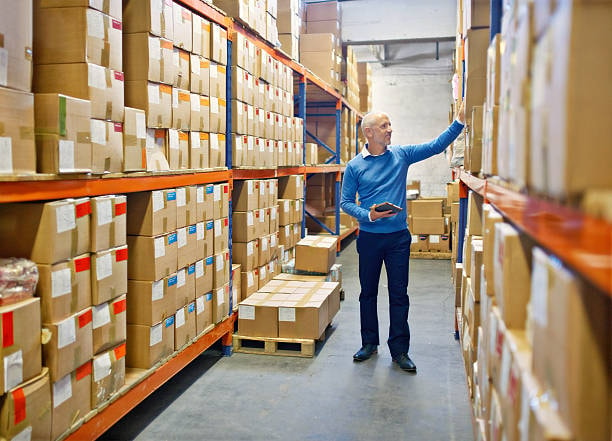
Inherent in good cost management includes knowledge of the different aspects that logistics costs entail and the techniques to be applied in order to minimize total cost of ownership. Transportation, warehousing and handling cost are direct costs, and the rests are indirection costs which consists of inventory carrying cost, insurance and opportunity cost. Activity based costing management system can make organisations realise actual costing logistics.
19. Risk Management Protocols

The different risks that the global logistic operations encounter are natural disasters, political instability, economic and fluctuation and disrupting the supply chain. Prudent risk management must involve characterization of the threats that might be posed, their effect, as well as mitigation measures taken. Supply chain resilience concept entails creating redundancy and sustaining emergency responsiveness.
20. Quality Control Systems
Logistics quality control includes shipments accuracy, timeliness, condition and completeness. Quality management systems incorporates standard operating procedures to monitor performance, including the management of shipping costs, and processes of the continuous improvement. The most important performance indicators are the per cent on time delivery rates, accurate inventory, per cent damage in inventory and the customer satisfaction scores.
21. Vendor Partnership Management

Effective management of vendor relationship and strategic partnership is necessary to have successful logistics operations. This consists of choice of carriers, performance tracking and shared advancement programs with major service providers. Strategic partnership is able to allocate resources, minimize expenses and identify service levels within a long term perspective.
22. Seasonal Capacity Planning

Seasonal fluctuation in demand can be a major issue to the logistics operations and they need to plan the capacities that are required and allocate the resources cautiously. The preparation done during peak season consists of ensuring extra transportation space, temporary employment and stock placement in the inventory management system . The methods of demand forecasting allow anticipating the changes in seasonal demands and create sufficient capacity.
23. Returns Processing Systems
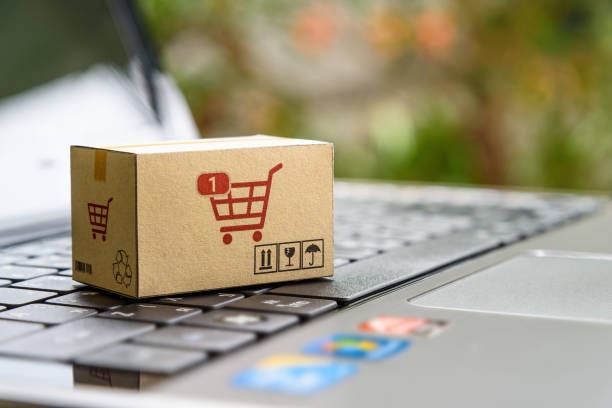
Reverse logistics consists of the flow of goods back through the supply chain by customers as returns, repair or recycling. Relevant returns management implies effective returns process, disposition decisions and recovery of value in returned goods. The activities involved in returns processing are inspection, testing, refurbishment and restocking.
24. Packaging Engineering

Good labelling and packaging is aimed at protecting the product during transit as well as satisfaction of government regulation and customer needs. The packaging should also address the proper package design; protection must be balanced with cost and the environment should also be addressed as well as suitability to the different types of transport used. There is efficiency in automated packaging systems and waste of the materials is minimised.
25. Documentation Compliance

The nature of international trade calls for a lot of documentation as well as adherence to many regulatory provisions. Commercial invoices, list of packing, bills of lading and certificate of origin are important documents. Trade compliance covers requirements of crossing all jurisdictions including classification, valuation, considering licenses, and reporting.
26. Warehouse Automation Technologies
New technologies are redefining how fulfillment can be carried out by means of automation, artificial intelligence, and advanced analytics. Robotic picking systems, autonomous cars, and drones delivery are important advancements in logistic activities. The use of Internet of Things technology facilitates the processes of tracking and monitoring activities in the supply chain in real time.
27. Global Expansion Strategies

Marketing to a new market is an exercise that needs much attention to logistical challenges, regulations, and consumer demands. The market entry strategies should have a balance between speed to market and operational necessity and compliance. Plans regarding localization of the company involve the opening of regional distribution sites and cooperation with local logistics companies.
28. Customer Experience Excellence
Customer service in the logistics should include communications, problem resolutions, and improvements on customer basis. The degree to which the customer service is efficient includes active communication, transparent monitoring, and quick response of the problem. Omnichannel customer service is the process of combining several channels of communication in order to provide constant support.
29. Data Analytics Applications
Data analytics includes optimization of logistics work that can lead to an efficient order fulfillment process based on the analysis of the performance patterns, customer behavioral patterns and the efficiency of the specific work outsourcing fulfillment. The data-driven decision-making tools offer dashboards and reporting tools using business intelligence tools. The use of predictive analytics can be used to predict demand, locate possible interruptions, and streamline resource distribution.
30. Outsourcing Decision Framework
Outsourcing or operation of logistics in-house is a choice which is based upon such factors as cost, control, expertise and strategic significance. Outsourcing may allow a specialised capability and economies of scale whilst in house is more local control and customisation.
31. Warehouse Robotics Implementation
The available warehouse automation technologies involve convey pistons to snare the items, delivery and assembly technologies as well as picking robot technology fulfillment centers. The technologies increase efficiency, precision and throughput and minimize labour needs and costs of operation to fulfill orders in house fulfillment. It should be implemented through proper planning, interconnection with other systems and training of the workforce.
32. Cold Chain Management
The cold chain logistics dictates custom machinery and processes that are needed to sustain the temperature controlled conditions within the supply chain. Examples of use are drugs, food and other perishable products. Special logistic services focus on the special needs including transportation of hazmat and shipping very secure loads.
33. Network Design Optimization
Designing logistics network deals with the best site of the facility, assignment of stock, and line-haul determination. Network optimization is a cost, service and risk trade-offs over geographical area and transportation means. Strategic network design is based on long term business goals and market development anticipations.
34. Business Continuity Planning
Disaster recovery planning is to maintain logistics operations continuity in case of crisis or flare-ups. Business continuity plans have backup systems, alternative transportation paths and emergency communication channels. Resilient supply chains have some redundancy, are flexible and fast responsive.
35. Workforce Development Programs
A competent workforce and continuous employee training should be developed in order to enhance the process of logistics. Training will involve technical training, safety training and customer service excellence. The workforce development methods are the cross-training, leadership training, and retention policies to enhance the performance of the operations.
36. Regulatory Compliance Management
The business environment of logistics activities depends on each country, and it keeps on shifting as trade policies, security and environmental regulations get modified. The compliance is necessary to monitor and adapt to changes in regulations, including customs requirements, transportation safety regulation and environmental standards.
37. Digital Transformation Initiatives
Digital transformation represents the use of technology to transform the logistics process and the experience of the customer fundamentally order fulfillment business. This consists of cloud computing integration, data analytics integration, and mobile applications outsource fulfillment. On digital platforms, real-time visibility is possible, there is automation, and more customer interactions order fulfillment service.
38. Performance Metrics and KPIs
Performance optimization deals with the continuous refinement of logistics operations by means of process improvement, technology improvement as well as employee enhancement. Optimization strategies aim at efficiency enhancement, quality enhancement and satisfaction enhancement. The lean logistics principles get rid of waste and enhance flow in the operations fulfillment service.
39. Strategic Alliance Development
Through strategic partnerships in logistics with a third party logistics company , certain capabilities, geographic capability and economies of scale can be accessed fulfillment center. Effective collaborations entail similar goals, effective communication, and willingness to share in the success ecommerce business. Establishing partnerships requires a thorough selection process, negotiation and maintenance of these relationships order fulfillment processes.
40. Innovation in Delivery Methods
The trend in delivery and logistics will lead to more automation, focus on sustainability as well as order management customer service-oriented models. Advanced technologies are going to keep changing operations such as artificial intelligence, autonomous systems, and drone delivery. Logistics operations will be influenced by customer need to receive very fast, and highly adaptable service fulfillment costs.
41. Multi-Channel Integration
The fulfillment incorporates omnichannel as one that connects various sales channels, inventory management systems, and customer communications inventory storage. This is done by coordinating online and off-line activities, control of inventory transparency and offering the same customer expectations experiences across all the channels of purchase.
42. Supply Chain Visibility Enhancement
Proactive management of logistics operations Proactive management of logistics operations could be made by using supply chain visibility in real-time in form of logistics tracking, monitoring and exception management. Such visibility platforms are capable of incorporating information supplied by a wide range of sources to give a complete picture of inventory, shipment, and performance, both in the supply chain and the operations fulfillment companies.
43. Collaborative Logistics Models
Collaborative logistics means collaboration of the capabilities, resources, and information among two or more than two organizations to realize mutual benefits timely delivery. This involves integration of services including distribution centers and joint transportation deals to cut the cost and enhance efficiency of all partners.
44. Emerging Market Logistics
The functioning in the emergent market demands expert knowledge about the local infrastructure, laws, and business. The peculiarities of these markets are usually the lack of dense transportation systems, specific customs practices, and contrast willingness to receive various forms of services, these peculiarities necessitate special logistics arrangements to avoid delays.
45. Blockchain Technology Applications
The blockchain technology has potential solutions with regard to supply chain transparency, security and traceability. Examples of applications are document verification, payment, chain of provenance through the chain. The implementation of the order fulfillment strategy should be done seriously with considerations to take about the capabilities of the technology, integration requirements and the industry standards.
46. Future Industry Developments
Logistics are now more dynamic as new technologies, customer demands and customer attitudes towards global trade are fast evolving. It can be expected that future solutions will contain even more automatization, the introduction of artificial intelligence, and creating sustainable logistics that will not pollute the environment but will be efficient.
Conclusion
The fulfillment and the logistics business is a complex ecosystem of strategic thinking, operational excellence, and constantly evolving. The element of success lays in striking the right balance between various goals such as cost-efficient, high quality of services and sustainability, and risks and regulatory challenges. Organizations need to be innovative and must invest in technology and talent and develop their robust supply chain networks that would adjust to the dynamic market situations.
